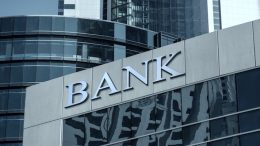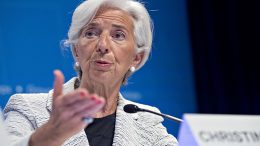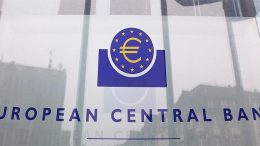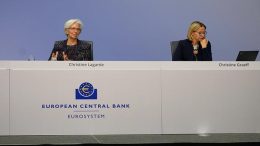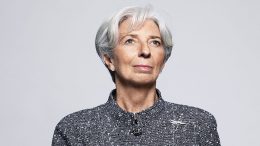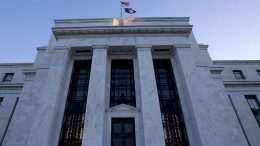The Appeal Of Investing In Banks Is Very Strong: Expectations For Revaluation Are Close To 100% In A 1-2 Year Period
Ofelia Marín-Lozano (1962 Capital SICAV) | The starting point is much more solid than in 2008, when the banks emerged from many years of double-digit credit expansion and high rates. In addition, European banks have significantly improved their equity base, which is double, or even almost triple, the levels reached a decade ago in all their solvency ratios. The ratio of higher quality capital to risk-weighted assets, (CET1 or common equity tier 1) has risen from levels below 6% in 2011 to over 14% today.

